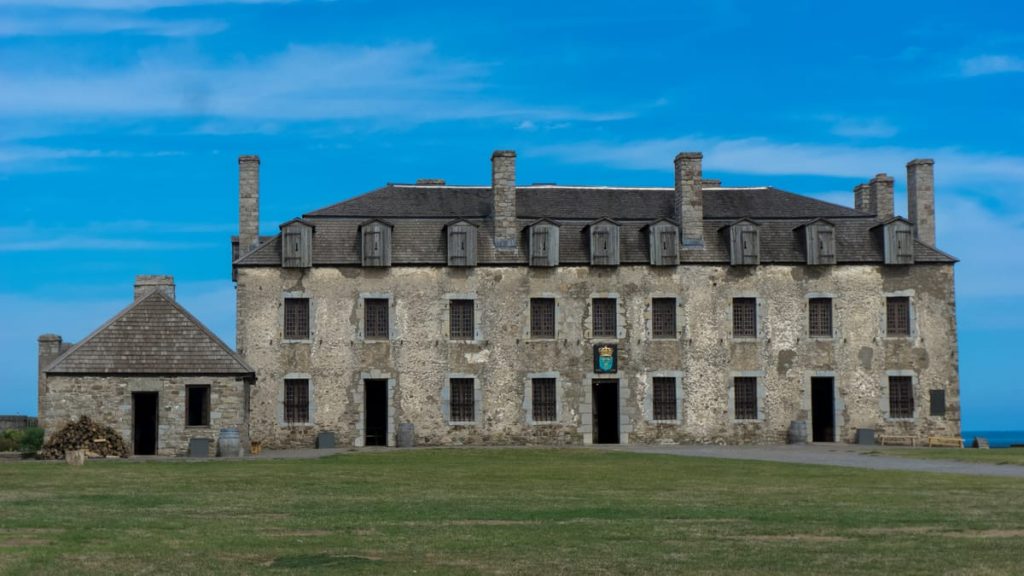
Old Fort Niagara
Fort Niagara, once a military fort for three separate nations, is now known for its headless ghosts
Paranormal Claims at
Old Fort Niagara
- A headless apparition is known to wander the property
- Tourists taking photos of the fort often come away with anomalous photographs
- Doors around the fort are said to slam shut on their own
- Shadowy, moving mists have been spotted by visitors
Old Fort Niagara’s History
Sunk deep into the surrounding terrain, New York’s Old Fort Niagara is hardly even noticeable from a distance. Get closer, and you’ll notice the tops of towers and a few sparse views of perimeter walls, but most everything else remains tucked behind low, grassy hills and the cover of lush trees. Step inside the surrounding walls, and you’ll find a treasure trove of military history tucked neatly between the Niagara River and Lake Ontario.

Sporting original walls and guard towers, barracks and armory buildings, and a wealth of preserved weaponry, Old Fort Niagara is a well-preserved and truly immersive historical experience. And along with the classic features of a military fort, Fort Niagara proudly maintains its ‘French Castle’ building as the centerpiece of the complex.
Looking like a mansion built out of reinforced masonry, the French Castle is by far the most well-known structure of the fort. But whether you’re exploring the French Castle, the perimeter towers, or the other outbuildings, local legend says you might just run into the ghosts of past wars.
Timeline of Old Fort Niagara's History
Swipe or use timeline points to see Old Fort Niagara through the years

1678
In colonial North America, the land between Lake Ontario and the Niagara River had important military potential. French soldiers were the first to build a fort on the land: Fort Conti in 1678. Unfortunately, this structure was wooden and burned down before 1680.
But, the French military saw the site’s potential and soon replaced it with Fort Denonville in 1687. Denonville proved to be plagued with issues and it was quickly abandoned. In the 1720s, France bartered with the Iroquois League to allow them to build on the site once again.
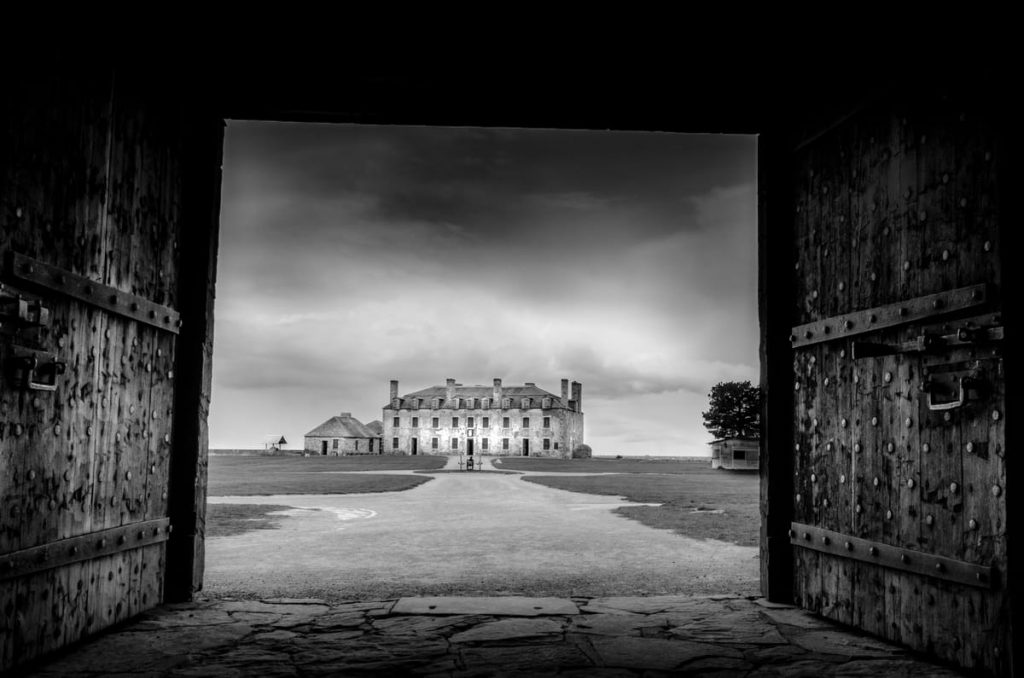
1744
The Iroquois League allowed a structure to be built on the site, but not a fort. Called the Maison de la Paix, or the House of Peace, the new building was a trading post, later replaced by the Maison a Machicoulis, a manor structure known today as the French Castle.
Though starting as a trading post, France pressed the post into military service during King George’s War in the 1740s, converting it into a fully armed fort. Despite the upgrades, the fort fell to Britain in 1759, in a skirmish now called the Battle of Fort Niagara.
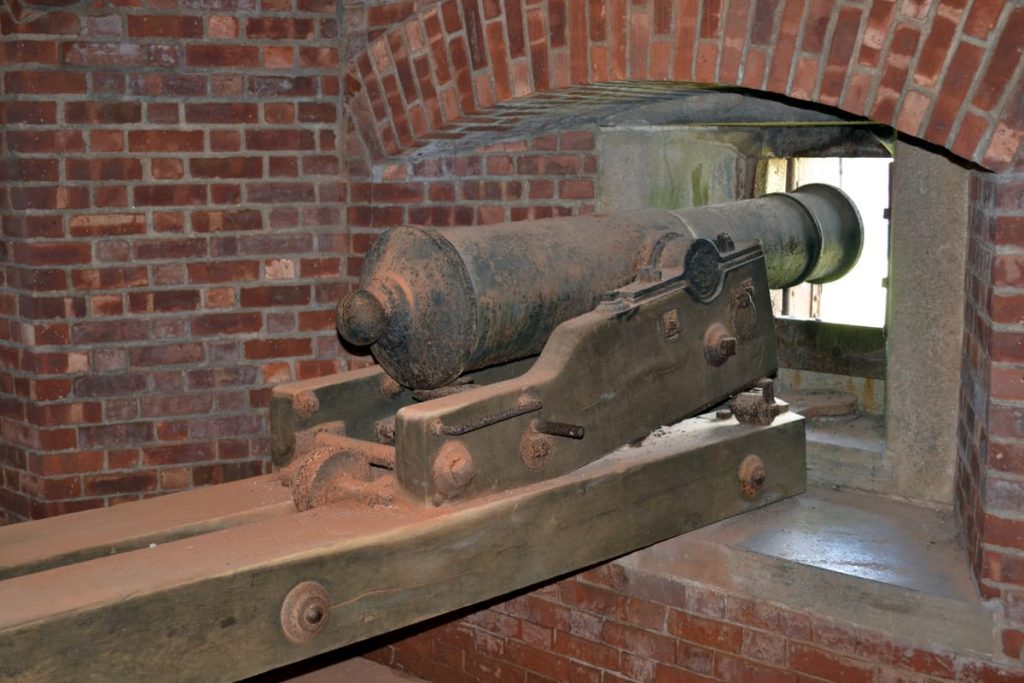
1759
In a campaign to remove the French from the Great Lakes, the British sieged Fort Niagara. When the smoke cleared, over 100 French casualties were strewn throughout the fort, while the British saw over 230 dead. Under British control, the fort saw use during Pontiac’s War between the British and American Native tribes, but not as a battle zone.
Instead, the fort was the site of the largest Native peace conference recorded in history. In the summer of 1764, over 2,000 Native Americans helped craft the Treaty of Fort Niagara.

1796
After the treaty’s signing, the British updated several old structures at the fort. And when the Revolutionary War started not long after, the fort proved formidable in the face of attack. Fort Niagara soon became a refuge for British loyalists and their Native American allies and remained in British control throughout the war.
Even after the British ceded the fort to the Americans in the Treaty of Paris, they stayed there for over a decade after. It wasn’t until 1796 that American forces finally took control of Fort Niagara.
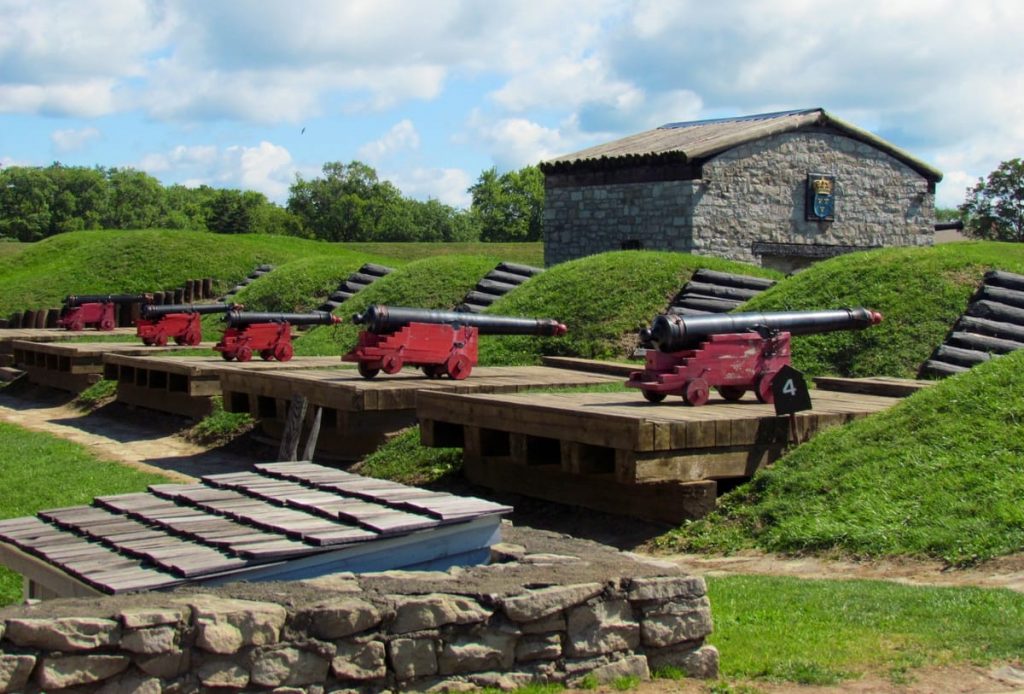
1812
Fort Niagara changed hands again when the War of 1812 broke out. The fort put up strong defense at first, but the British retook the fort in December of 1813 and held it until the Treaty of Ghent was signed in late 1814. But, though the US won the fort back in the treaty, its strategic importance would soon wane.
The Erie Canal opened in 1825, redirecting most merchant traffic away from the fort. However, the US military soon made numerous improvements to Fort Niagara due to the Canadian Rebellions of 1837-1838.
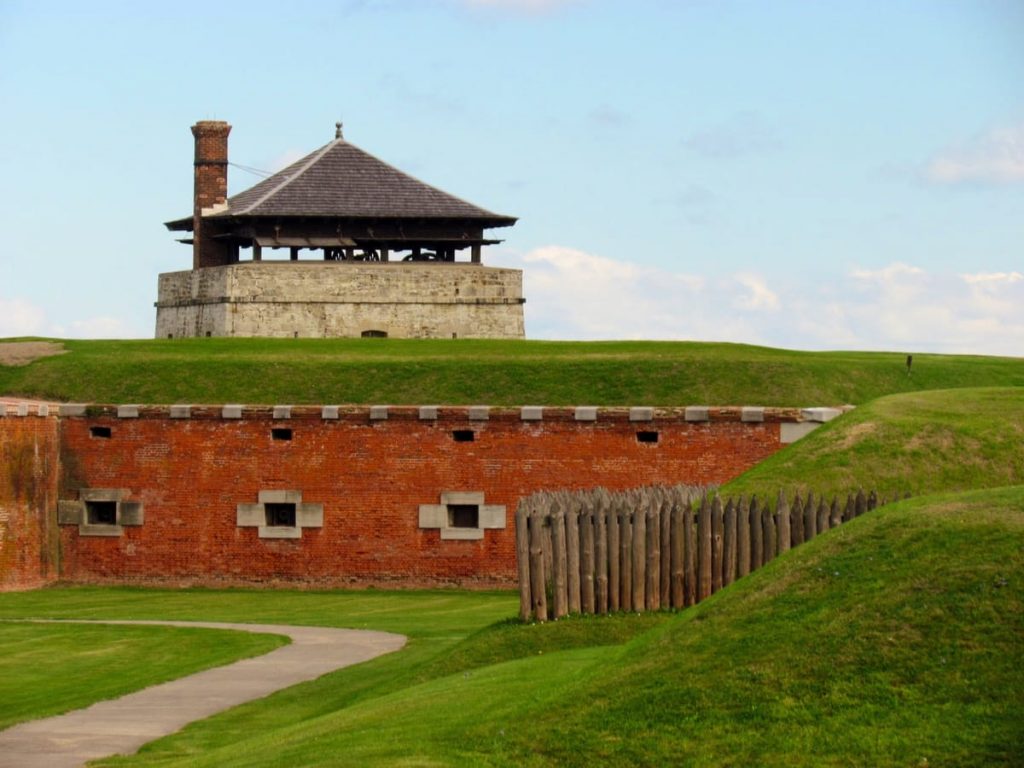
1872
Fort Niagara saw little use during the Civil War, and quickly went dormant. In 1872, the US Army garrison at the fort was relocated to the New Fort Niagara nearby, and the colonial-era fort was renamed to ‘Old Fort Niagara.’
While the old fort continued to see activity from the garrisons stationed at New Fort Niagara, most fort defenses were kept in the more modern sections. Old Fort Niagara trained troops for service in the Philippines in 1899, and hosted training during World War I, but otherwise remained unused.
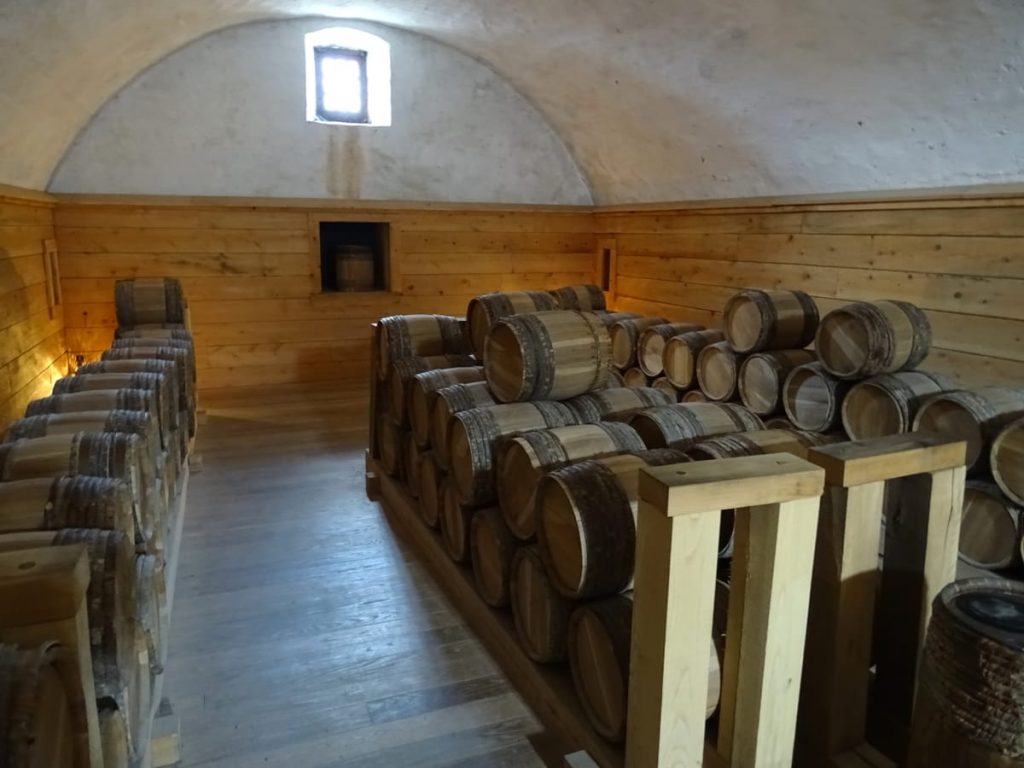
1927
The Old Fort Niagara Association was founded in 1927 with the hopes of saving the fort, and in 1931 they succeeded at getting a license to preserve and restore the fort. Old Fort Niagara was opened to the public in 1934. In 1960, Old Fort Niagara was one of the first locations to be named as a National Historic Landmark.
The US Army decommissioned New Fort Niagara in 1963, and the US Coast Guard office beside Old Fort Niagara is now the military’s only outpost there. But while military use faded, public interest only grew.
Old Fort Niagara’s Headless Haunting
By far the most famous spirit said to walk the grounds of Fort Niagara is known as the ‘headless ghost.’ This spirit was once a French military officer stationed at the fort during a large party held at the French Castle.
The party included maids from the Seneca tribe, and this officer found himself smitten with one in particular. However, the officer’s advances were continually thwarted by another interested suitor, and the two men soon came to blows over this.


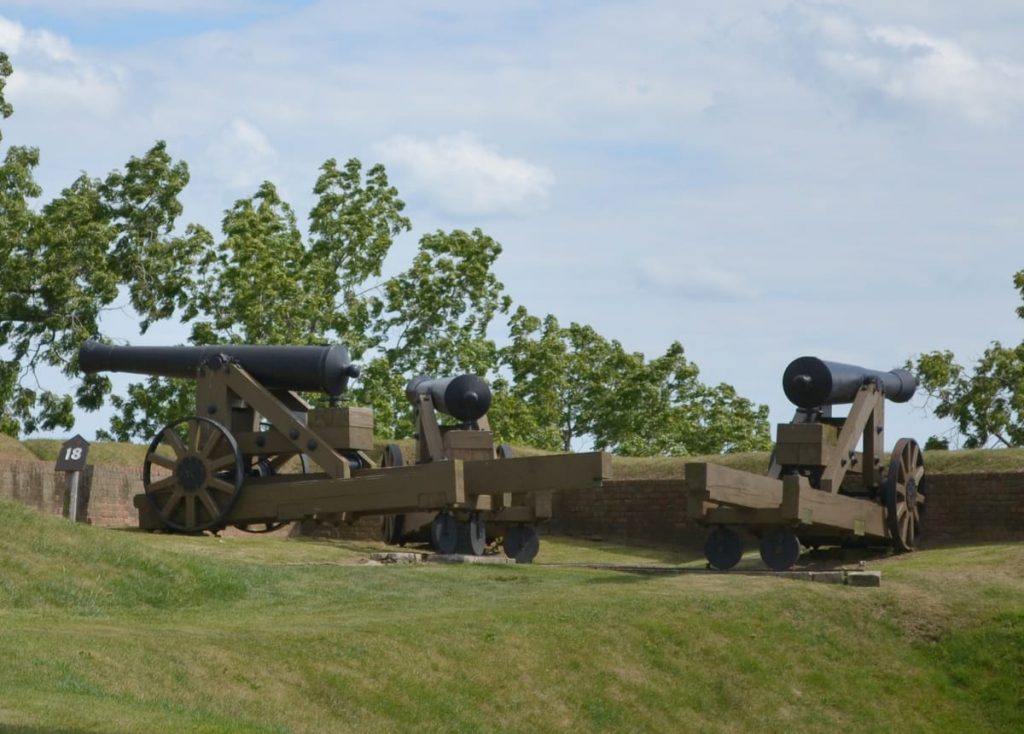
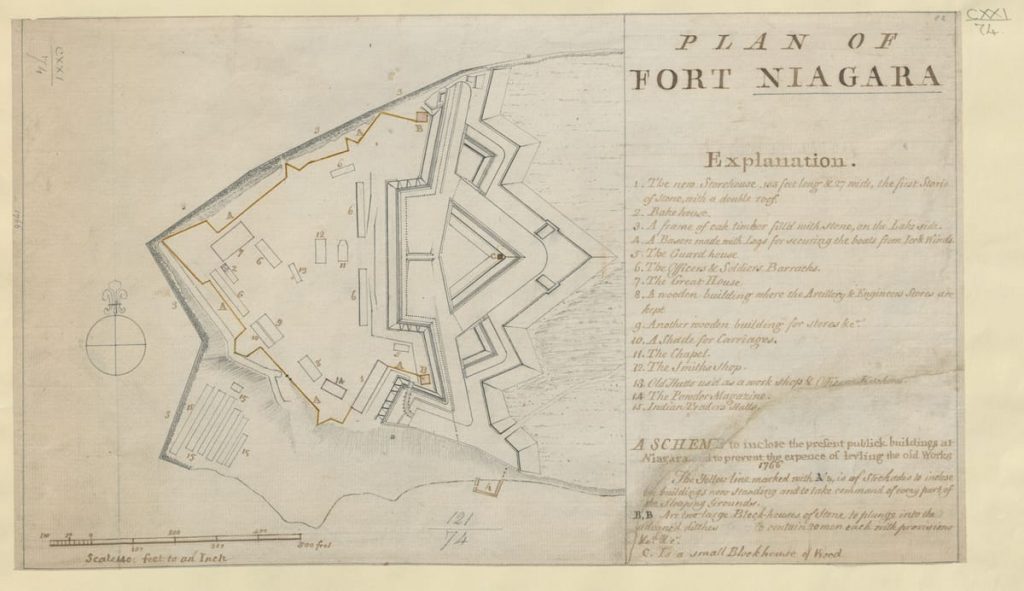
Fueled by lust, and likely a little too much wine, the fight soon came to swords, and the French officer took an unfortunate tumble down a stone staircase during the scuffle. His adversary took the opportunity to stab him to death and proceed to carve up his body. After cutting up the French officer, his killer dumped the body in the castle’s well.
Now, the headless French officer’s ghost is said to wander around the property in search of his head. On full moon nights, it is said his spirit can be seen climbing out of the old well.
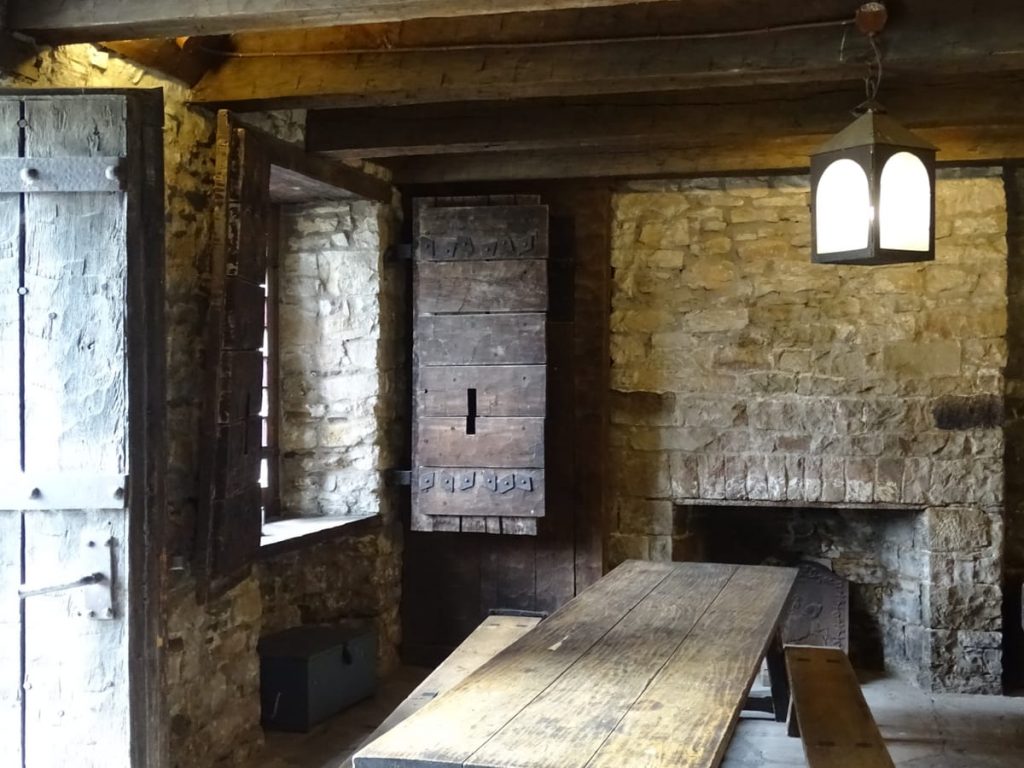
Old Fort Niagara’s Many Anomalies
Aside from the tell-tale appearances of the headless apparition, other strange happenings and paranormal encounters are said to take place at Fort Niagara.
Tourists who take photos at the site often report seeing odd ‘orbs’ as well as other unexplained anomalies appear in their photos, while others have gotten images of supposed shadow figures at the fort, though these figures are often still carrying a head on their shoulders.
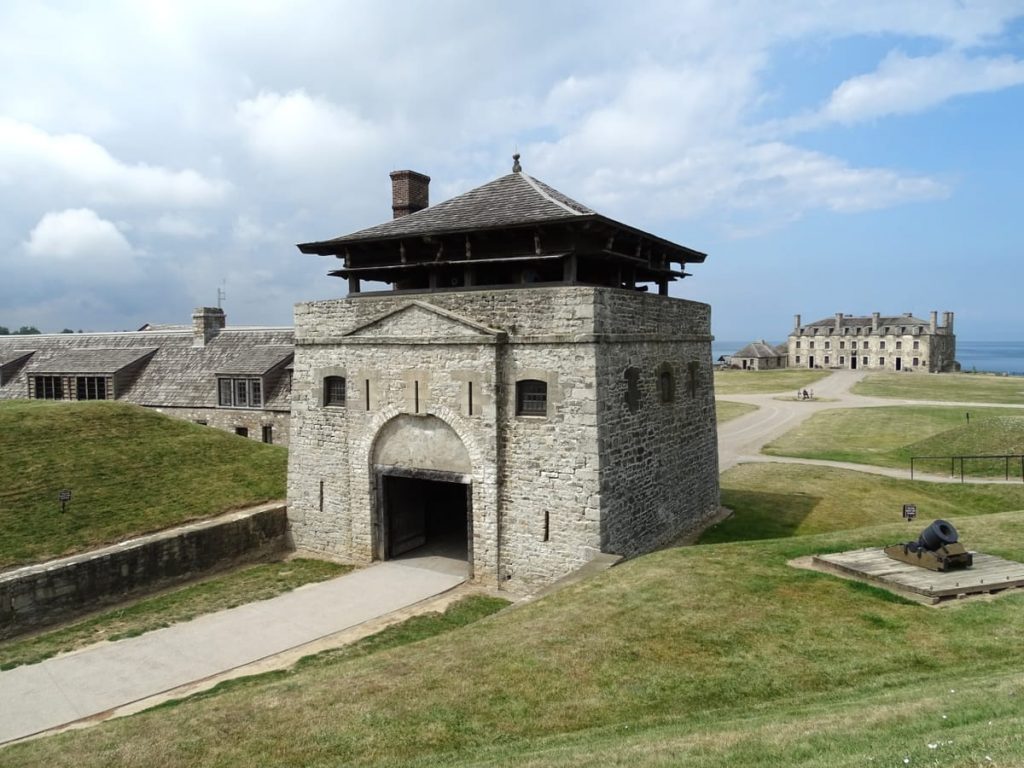
Shifting Shadows at Old Fort Niagara
Shadows have been seen by workers and visitors with their own eyes, often described as dark mists that move from room-to-room in the French Castle and other outbuildings inside the fortress.
Additionally, people have reported doors slamming shut without explanation, and hearing the sound of slamming doors only to find no door closed.
Old Fort Niagara’s Paranormal Notoriety
The ghostly legends around Fort Niagara have attracted national attention in recent years. The fort has been featured on several paranormal investigation television shows, including on Discovery Channel’s Ghost Lab and Syfy’s Ghost Hunters. The operators of the fort museum have offered special tours in the past aimed at the fort’s mysterious and reportedly haunted history, many paranormal enthusiasts now come for both the history and the reported hauntings, hoping to catch a glimpse of the headless apparition for themselves.

So, if you’re able to visit Fort Niagara, and are lucky enough to spot that headless French officer wandering the grounds looking for his head, do him a favor and help him search for it. Who knows, you just might find it.


